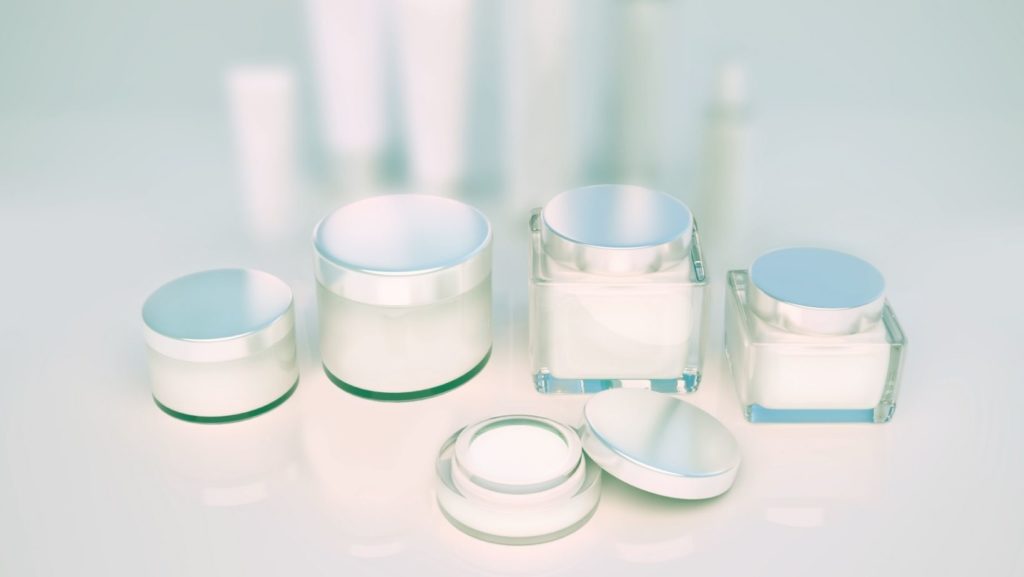If you are a keen reader of our site, then you may well be aware that there are a number of chemicals out there that feature in cosmetics such as skincare and haircare products that present something of a danger to humans.
Most of the time the danger is mild, and only really an issue if used in huge amounts. That being said, many people who try to use natural products only will still choose to avoid them.

In today’s article, we are going to be exploring one of the most common chemicals in cosmetics. This chemical is Paraffinum Liquidum and features in so many of our favorite products.
However, in recent years, there has been a lot of controversy over its use, and so we want to shine a spotlight on it today and tell you all about it. We will be looking at what exactly Paraffinum Liquidum is, what it is used for, and any risks associated with it.
What is Paraffinum Liquidum?
Paraffinum Liquidum is also known by a few other names such as Russian mineral oil, and, perhaps most common, liquid paraffin. It is a mineral oil and one that is highly refined. This means that it is designed to be safe for human use, both orally and topically.
As much as it sounds like it, it should not be confused with the mineral oil simply known as paraffin (or kerosene, depending on where in the world you are) which is used as a fuel and is not safe for human use.
Paraffinum Liquidum is both colorless and almost completely odorless. This makes it highly desired in a number of different industries, the main two industries being the medical industry and the cosmetic industry.
It is composed of saturated hydrocarbons. These are derived from petroleum, also known as crude oil or simply oil. This is a naturally occurring substance found in the earth’s surface and gets used in a plethora of different industries, typically for fuel.
Paraffinum Liquidum is typically used as an emollient. Emollients are ingredients or products that are used for their moisturizing and softening qualities. They tend to be very soothing and can act as a humectant (this means they can attract moisture to a surface).
Of course, emollients are commonly used in skincare and haircare. Sometimes whole products are simply called emollients or may have ingredients with known emollient properties in there. With this in mind, it is unsurprising that Paraffinum Liquidum is so often used in the cosmetic industry.
The term Paraffinum Liquidum is actually the Latin term for liquid paraffin. Whilst it is acceptable to use this on cosmetics and in the medical industry, it should also be followed by the term ‘mineral oil’, usually in brackets like this (mineral oil) to ensure that customers are clear on what exactly it is.
This ensures full transparency from brands about what is in their products which is especially important since more and more consumers are opting for products that do not contain mineral oils.
What is Paraffinum Liquidum used for?
Paraffinum Liquidum or liquid paraffin if you prefer to call it that is used in a number of different industries. As we mentioned in the previous section, it is most commonly found in the medical industry and the cosmetic industry. First, we want to explore its usage in the medical industry.
Traditionally, Paraffinum Liquidum was always used for medical purposes. It is thought to have been sued for centuries, since around 400 BCE. This is known because of the references to it in works of classical writers such as Piny, Dioscorides, Plutarch, and Herodotus.
It is also thought to have been used widely in early Indian medicine and also in Arabian medical history. However, it is likely that this was used topically, as we have no evidence to suggest it was used topically.
However, we do have some definitive evidence that dates back to 1872 when a man called Robert A. Chesebrough patented it and created what we now know as Vaseline. Following this, it started to be used more frequently, and then in 1913, it was recommended as an orally ingested treatment for chronic constipation and intestinal stasis.
With this in mind, Paraffinum Liquidum was commonly used for the treatment of intestinal issues, piles, and constipation. In fact, it was often used for childhood chronic constipation. That being said, these days, it is less common to see Paraffinum Liquidum for this reason, and it has become more widely used in the cosmetic industry than the medical one.
In the cosmetic industry, Paraffinum Liquidum has been revered for its softening and moisturizing qualities, so much so that it has been used in Vaseline. Whilst this may also relate to the medical field, there is no denying the importance of Vaseline in the cosmetic industry too as it is used to soften lips for lipstick and to groom eyebrows. Some other common uses of Paraffinum Liquidum include:
- Makeup remover
- Skincare oil
- Lip balm
- Cleansing wipes
- Cold cream
- Makeup remover pads
- Cuticle oil
- Facial cleansers
- Pigments
- Moisturizers
- Face masks
- Concealer
- Hair oil
- Conditioner
- Lip gloss
- Serum
- …and so much more!
What are the health risks associated with Paraffinum Liquidum?
As we mentioned at the start, Paraffinum Liquidum is not without its controversy. Even though it was traditionally used in the medical industry, it has since been thought to be harmful to humans. This is because it is a petroleum derivative.
Petroleum can be very toxic to humans and can cause all kinds of issues. This is due to the petrochemicals in it which can damage the nervous system. However, this is rare. That being said, Paraffinum Liquidum can also cause skincare issues. This is because they contain neurotoxins.
These neurotoxins can get into the skin from the mineral oil forming a layer and essentially blocking the pores of your skin. This can stop natural respiration and perspiration and in turn trap bacteria. With this in mind, it can cause infections, dryness, allergic reactions, acne, and premature skin aging.
